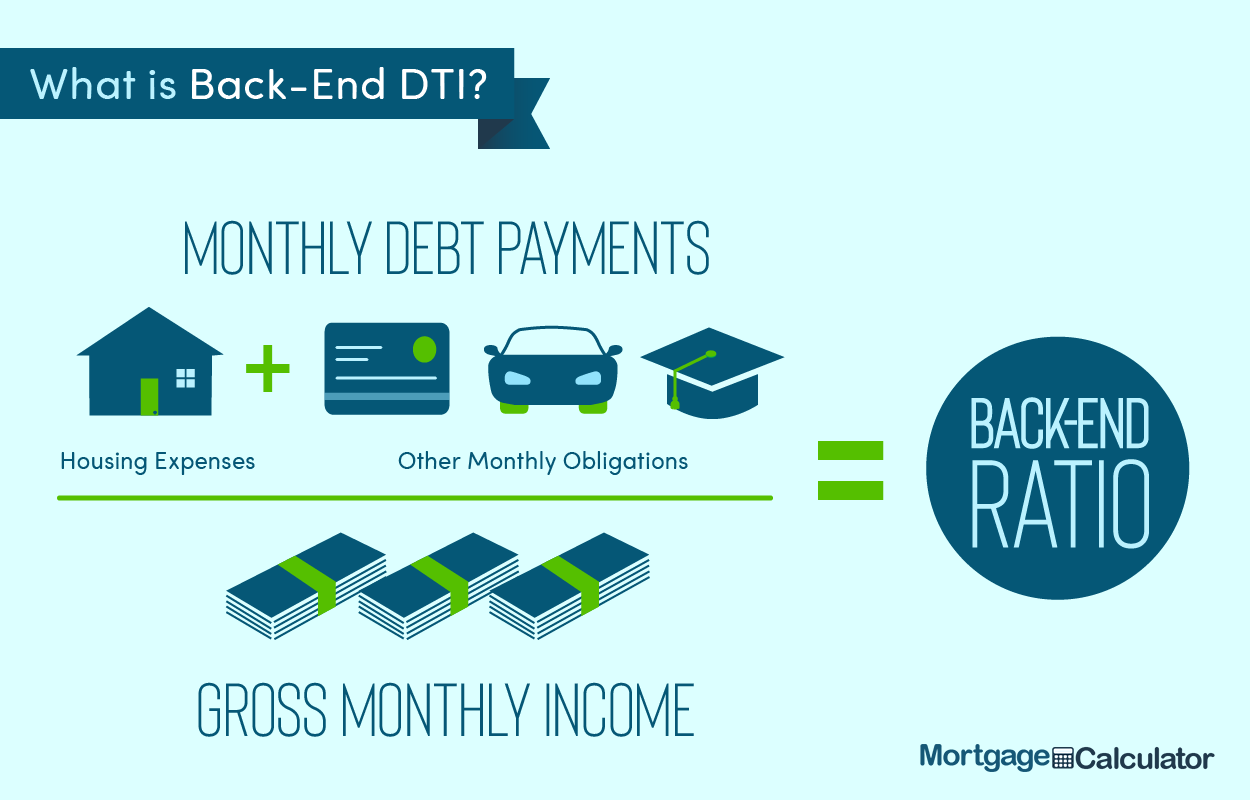The Ginnie Mae CUSIP aggregation program began in March 2019 and was completed in July 2019 and the Desk combined roughly 8,000 specific CUSIPs into about 8 aggregated ones. The aggregation procedure was created to minimize administrative costs and functional complexities associated with the Federal Reserve's agency MBS portfolio using a straightforward and rules-based method that follows market.
working goals and basic market practices. Other The New York Fed publishes detailed data on all settled SOMA agency MBS holdings on its on a weekly basis. In addition, Fannie Mae, Find more information Freddie Mac, and Ginnie Mae offer info about aggregated CUSIPs, consisting of the underlying agency MBS, on their public websites. Yes. Details about individual Fannie Mae, Freddie Mac, and Ginnie Mae company MBS CUSIPs underlying the Federal Reserve's aggregated CUSIPs will stay available on these companies' public sites.
's newly imposed limitation on http://www.rfdtv.com/story/43143561/wesley-financial-group-responds-to-legitimacy-accusations repooling of reperforming forborne loans yet once again penalizes servicers functioning as important service companies in the continuing efforts to safeguard mortgagors dealing with financial hardship due to COVID-19. Let me count a few of the ways Ginnie Mae servicers are bearing the force of debtor forbearance under the CARES Act: no maintenance charge income throughout forbearance of up to a year( and potentially longer must Congress decide its essential); no relief from advance requirements for the duration of such forbearance; no modification of the structural obstacles to private funding to money advances; and no compensation for the cost of funds for advances. In releasing APM-20-07 on June 29, 2020, Ginnie Mae chose to further safeguard financiers from the possible enhanced prepayment risk resulting from early pool buyouts of forborne loans. This protection, nevertheless, comes at the expense of servicers. By limiting servicers from counting on enduring, legitimate business activity early pool buyouts combined with the repooling of reperforming loans Ginnie Mae has actually elected to deem a routine activity as inappropriate due to the fact that it is unnecessary and, gosh, may produce a revenue. This obligation lasts up until the defaulted loan is purchased out.

loan protected by the mortgaged property, the profits of which are utilized to bring the loan present. By utilizing a junior lien, the loan does not require to be modified. Currently, a servicer may achieve a" stand alone partial claim" or a" home mortgage healing advance" without repurchasing the delinquent loan from the swimming pool, however servicers consistently combine the allowable early buyout of a delinquent loan, a reinstatement through a" stand alone partial claim" or" home loan healing advance, "and a repooling of the reperforming loan into recently released securities. Initially, the borrower under a reperforming loan need to have made prompt payments for the 6 months immediately preceding the month in which the associated mortgage-backed securities are issued.
Second, the issue date of the mortgage-backed securities need to be at least 210 days from the last date the loan was overdue." Reperforming Loans "are not limited to loans that are restored through a" stand alone partial claim" or "home loan recovery advance." The term is broadly defined to be a loan that is not more than thirty days overdue, formerly was bought out of a Ginnie Mae swimming pool, and has the exact same rate and terms as the initially pooled loans. The APM just hints at the factor behind Ginnie Mae's modification in position, mentioning that "Ginnie Mae looks for to guarantee that transactional activity connected to these options does not hinder market self-confidence in Ginnie Mae securities. "It highlights that FHA's "Stand Alone Partial Claim" and USDA's "Mortgage Healing Advance" do not need swimming pool repurchases unless the regards to.
Fascination About Which Banks Are Best For Poor Credit Mortgages
the loan require adjustment. Put simply, Ginnie Mae is depriving servicers of an enduring, genuine, optional organization strategy under the Ginnie Mae program obviously since this discretionary activity is not needed to enable a servicer to cease maintenance advances in regard of forbearance. Generating a make money from repooling reperforming loans somehow is viewed as a wicked activity. In seclusion, insulating investors in Ginnie Mae securities from boosted prepayment danger relating to forbearance definitely is a worthy public policy objective. When compared to the costs, costs and lost earnings servicers are bearing in regard of forbearance, one has to wonder whether Ginnie Mae is fairly stabilizing the interests of servicers and investors.
While Ginnie Mae might have the authority to modify the Mortgage-Backed Securities Guide from time to time, servicers have a right to fairly rely on the basic construct of the program without material adverse changes not grounded in law or abuse. Servicers develop, acquire and finance their Ginnie Mae MSRs based on this sensible expectation. When you want to have fun in the sun right in.
your backyard, a swimming pool of your own might be paradise. A pool features a hefty cost, though, so be prepared to spend for it in time. While you have a couple of different alternatives, one of the most basic is to fund a new swimming pool with a new home loan. Initially, get in touch with the loan provider with which you have your current mortgage to ask about a new home mortgage.
Often your present lending institution will aspire to retain your financing, perhaps using appealing interest and terms. why is there a tax on mortgages in florida?. Note the terms provided by your present lending institution. Approach two or 3 other loan providers to ask about a new mortgage. With a brand-new lending institution, you will require to show proof of identity and earnings, guarantee deed and house owner's insurance. The brand-new loan provider will examine your credit and.
examine the worth of your home during a prequalification procedure. After validating your info and assessing your creditworthiness, the lending institution may extend you prequalification status.